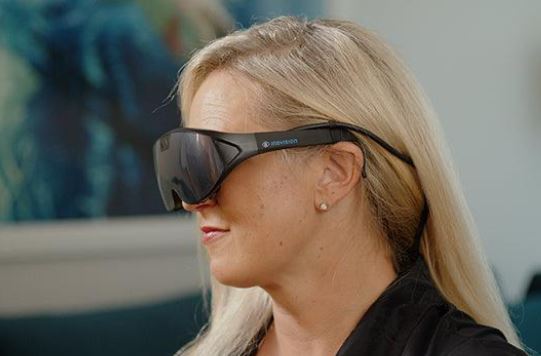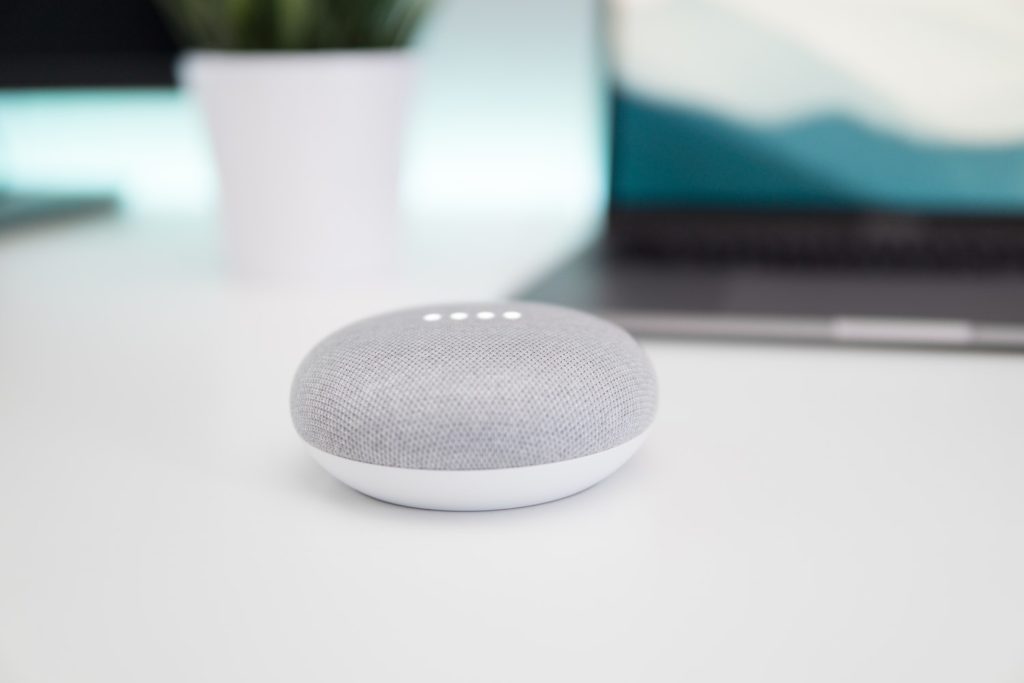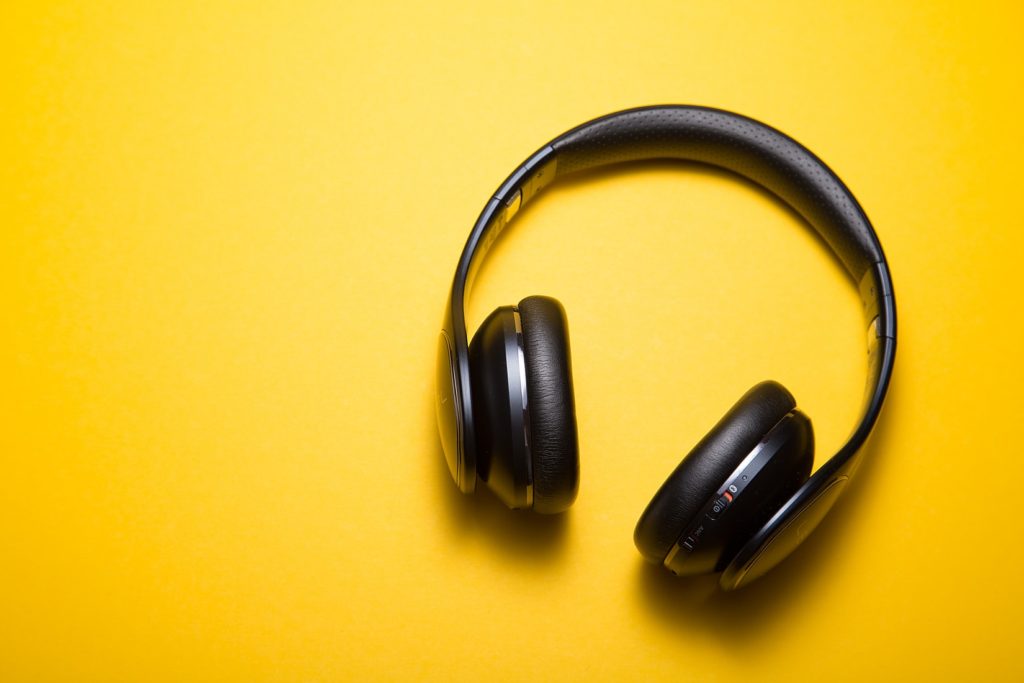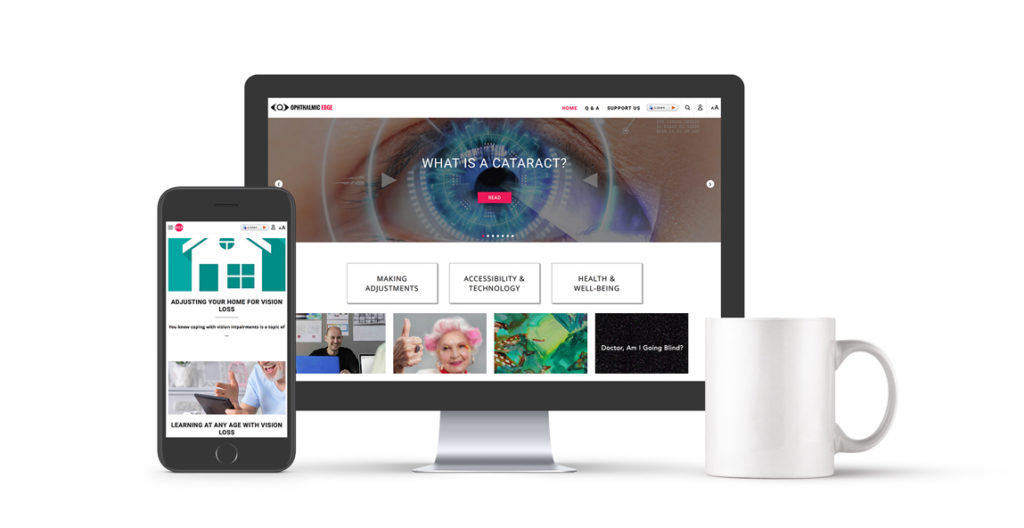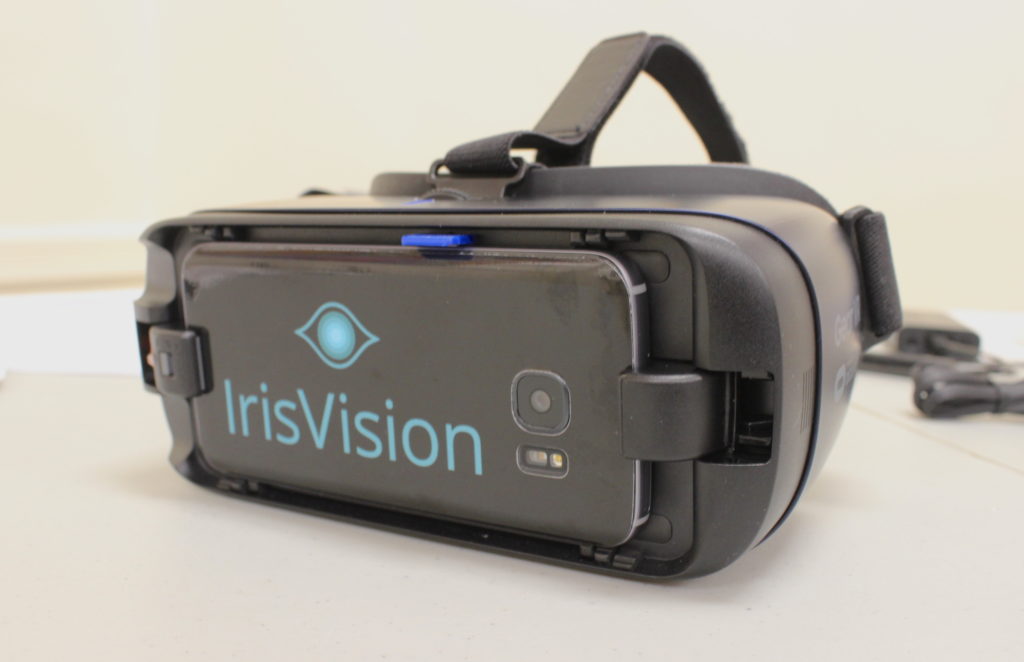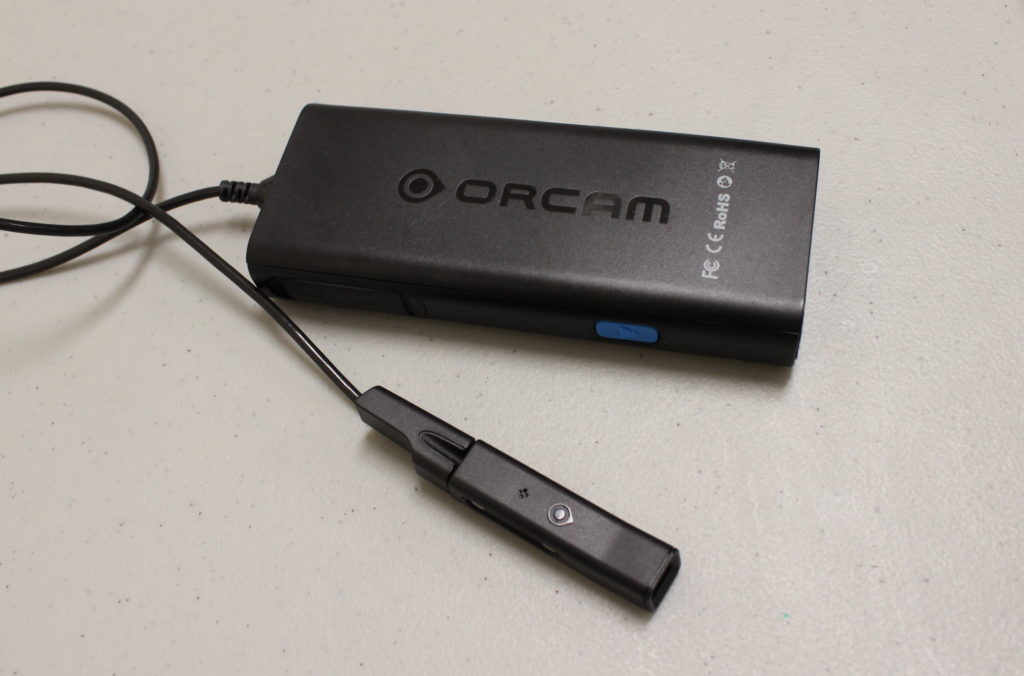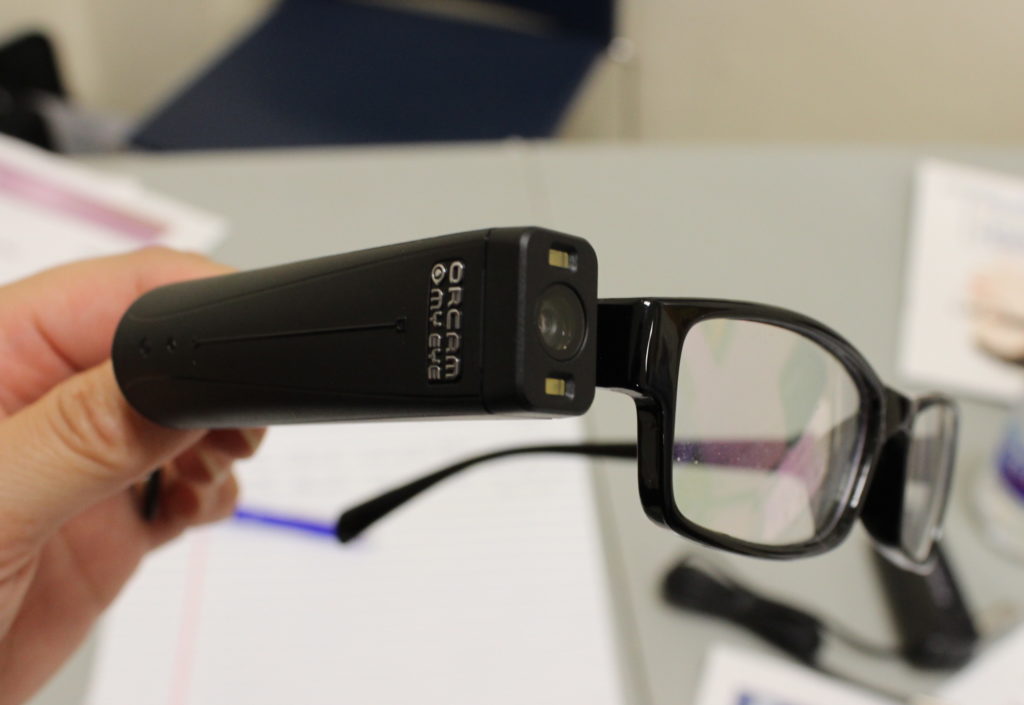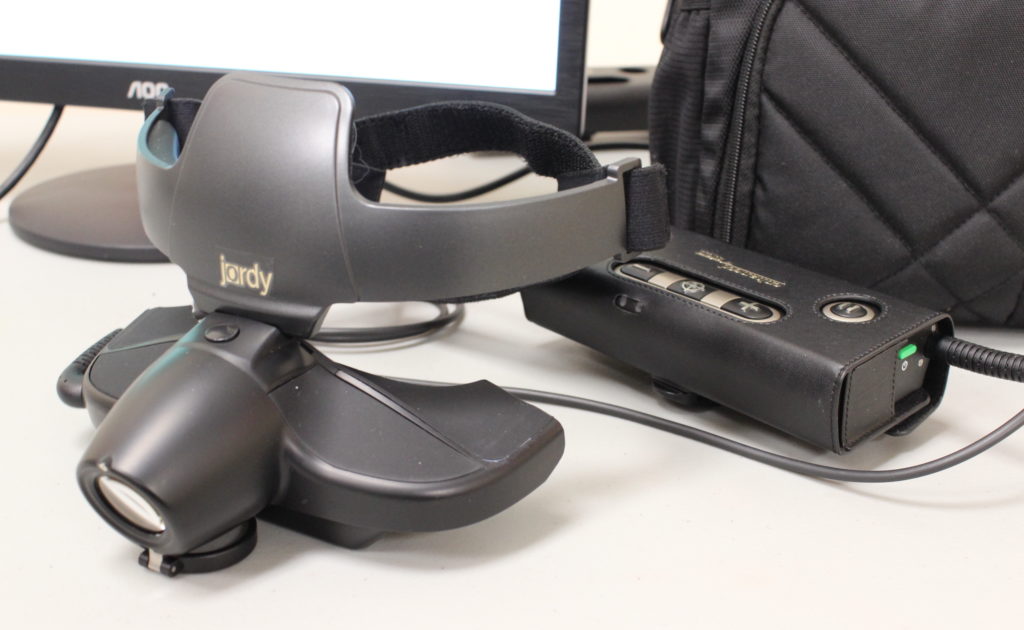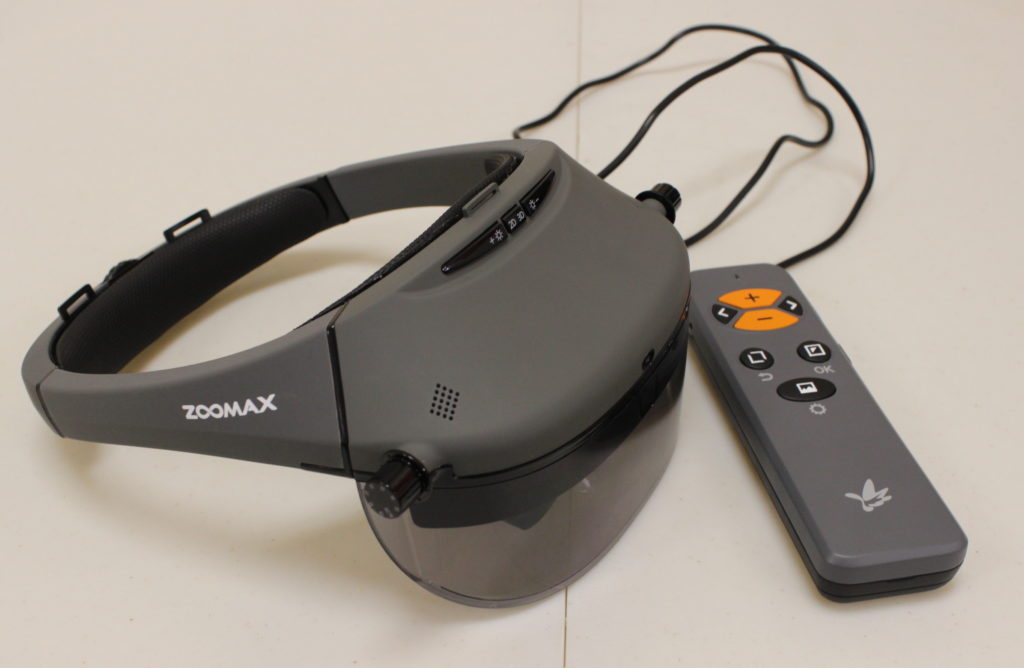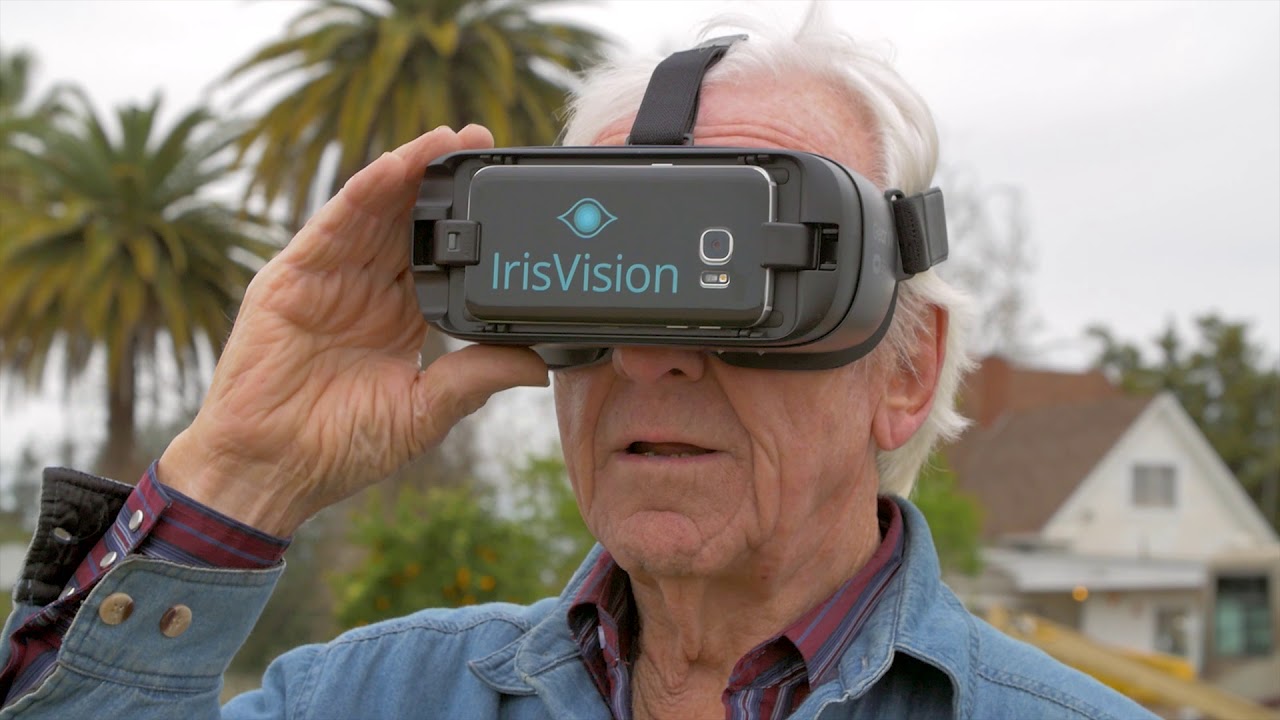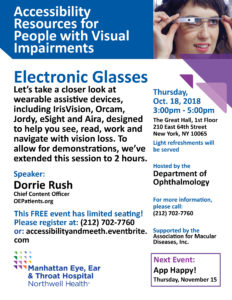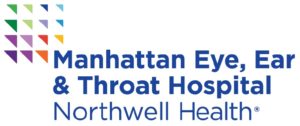By now we expected smart glasses to be all the rage. They’d be on lots of faces, in the same way smartphones are in (just about) every hand. Actually, they were predicted to replace the smartphone, providing the wearer with voice access to information and apps. And, of course, they’d be accessible to visually impaired or blind users, because smartphones are. It would be wonderfully inclusive and normalizing, glasses that made information accessible, whether you could see the screen or not.
Apple’s Rumored Glasses Are Unveiled
For years the rumors abound, with stories of Apple’s smart glasses in development. They would somehow replace iPhone, and they would be accessible, of course. Years of gossip on the subject, should have taught us not to believe everything we read. Nonetheless, the rumors continue. According to Bloomberg, and published on Apple News, “Apple’s long-anticipated mixed-reality headset is an ambitious attempt to create a 3D version of the iPhone’s operating system, with eye- and hand-tracking systems that could set the technology apart from rival products.” Now said to be launching in early 2023 at a price of $3,000, they also report, Apple decided to offload the battery pack, roughly the size of 2 iPhones, to rest in the users pocket, at the end of a cable, which sounds rather antiquated.
The Apple vision Pro was officially unveiled in June, but it will not be unboxed until early 2024. It doesn’t look like the smart glasses of our dreams, but hey, who are we to naysay? Apple’s track record in Accessibility is as good as it gets, no one else has come close, so let’s wait and see. In Forbes, Gus Alexiou asks, Could Apple’s Vision Pro Significantly Augment Sight for people with vision loss? He notes this has been “a long held aspiration within the field of assistive technology,” that has failed to materialize. “This could well be about to change” when Apple’s Vision Pro launches, “though,” he says, “the price point of the $3,499. Mixed reality spacial computer doesn’t exactly scream out accessibility.” But actually, the assistive low vision head mounted devices he mentions have been sold at a similar price point. So it’s hard to complain about the price, hopefully this one will be worth it.
Google’s Early Glass
It was the anticipated, but short-lived promise of Google Glass. Launched in 2013, with a $1,500 price tag and the intention to create a ubiquitous computer whose wearers would communicate with the internet via natural language. An excellent idea, but failing to reach critical mass. Google discontinued its public product in 2015, re-introducing Glass for enterprise in 2017. Was the technology not quite ready, or was it the customer who was not in sync?
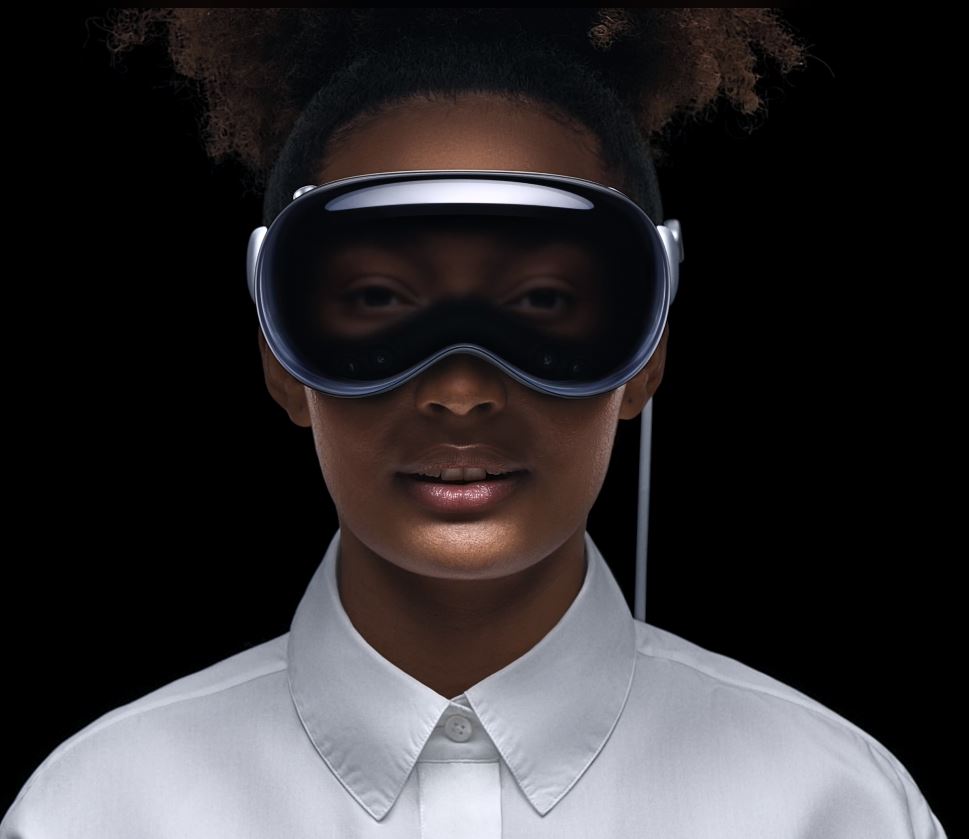
Wearable Low Vision Devices
If anything has taught us to manage expectations, it is the classification of Wearable Low Vision Devices, also referred to as Electronic Glasses or Smart Glasses. These are head-mounted devices that enhance vision, predominantly through video magnification for people with central vision loss, or field expansion for those with a narrowed visual field, while others offer non-visual assistance. Low vision devices have also been in development for more than a decade with improvements in technology and price.
Visual assistance comes mainly in the form of Trekkie-looking headsets that are slowly coming down in size and weight. Some devices are not designed for mobility and all should be carefully evaluated for specific applications that include reading, watching TV, movies, theater, cooking, crafts, card and board games. IrisVision, Eyedaptic and eSight may serve the need at prices ranging from $2,000 to $6,000.
Non-Visual Low Vision Options
People with uncorrectable vision loss want to see better; no question about that. However, when artificial vision from clunky headsets does not do the trick, there are non-visual options. The OrCam MyEye, at $4,500, reads text, identifies colors, products, and faces. OrCam is not technically smart glasses; it’s a talking camera that clips quietly to the arm of any eyewear. Aira’s visual interpreting assistance can also be access through Envision Glasses for $3,000 plus the monthly service fee, now starting at $50 for 30 minutes.
No smart glasses are needed to magnify images, read, convert text-to-speech, recognize objects and faces, read barcodes and handwriting on an iPhone or most Android phones. Some people consider it less convenient as it requires holding a phone and tapping the screen.
First published Jan 31, 2023 and updated Aug 25, 2023
